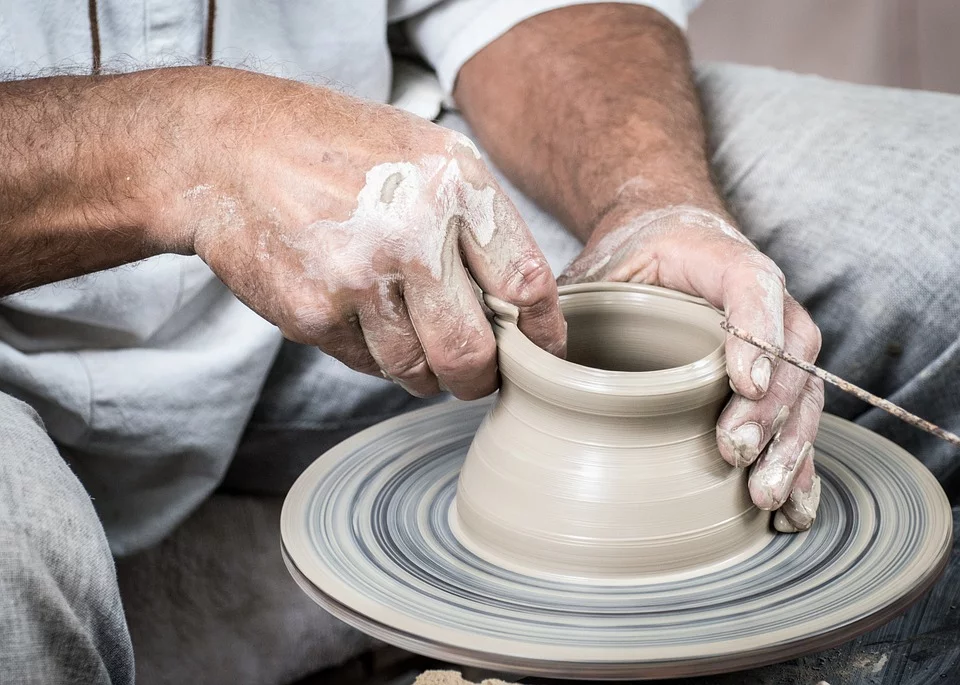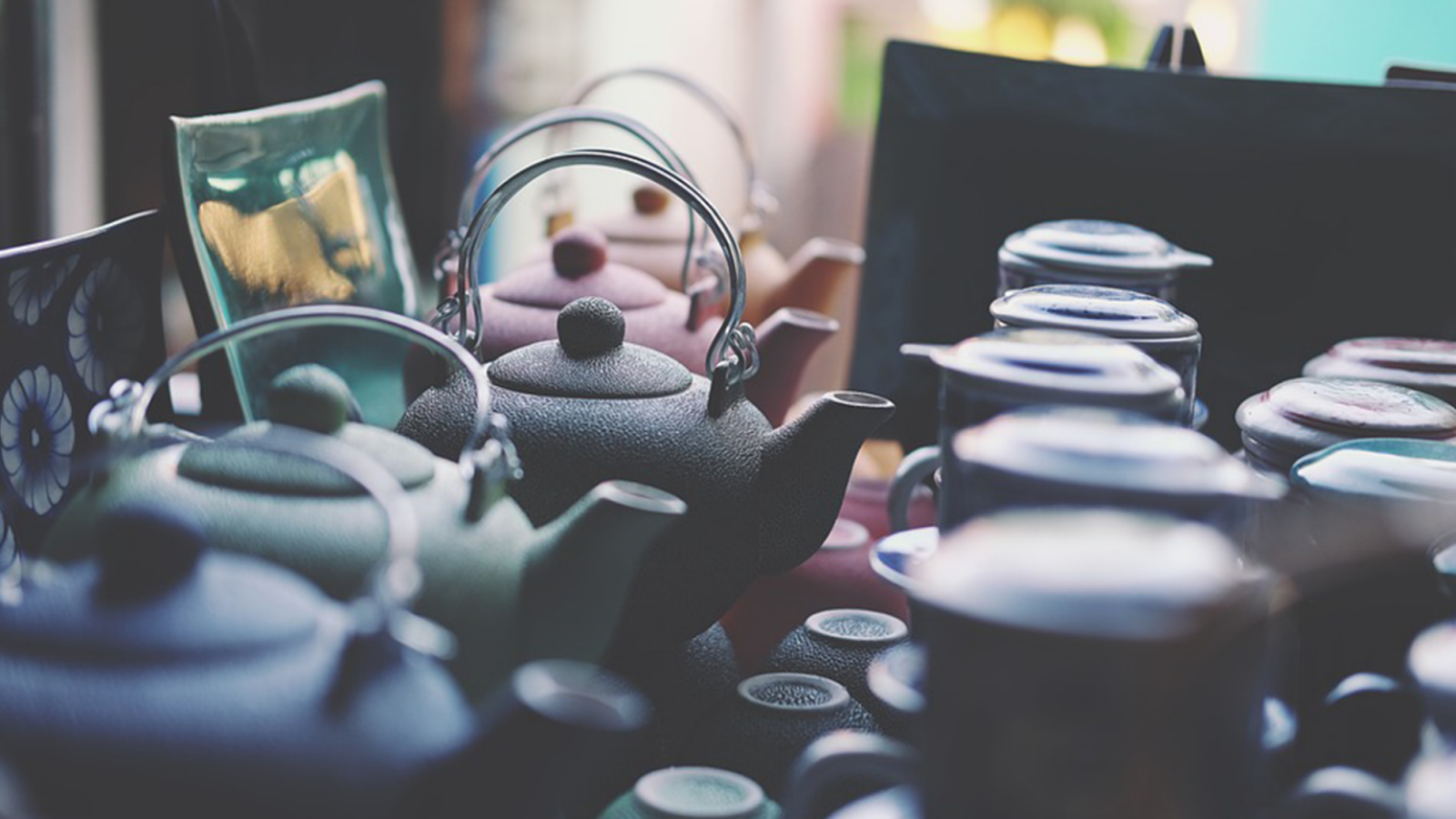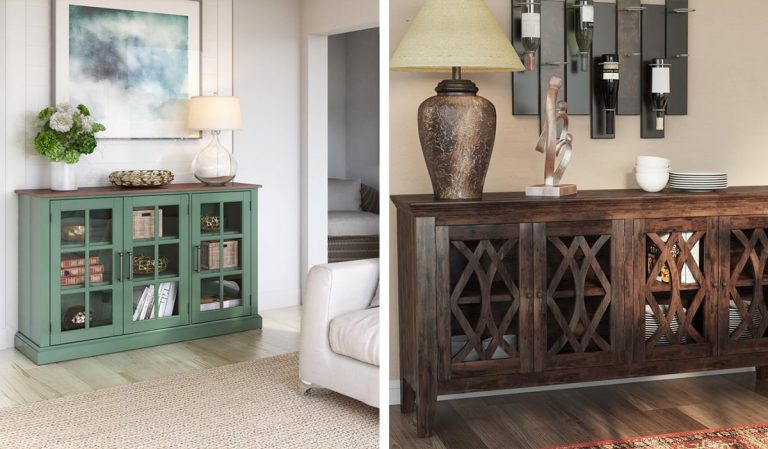Marble flooring tops the aesthetic listing for most Indian homes. However, it is not a commodity that is within the reach of everyone. Simple, elegant and offering a similar kind of feel, ceramic tiles are quite common in most places. But are these the only things for which ceramic is used? An oft used adage – a bull in a china shop – might be the one that English readers can relate to. China? What has that got to do with ceramics? Then you hear someone speaking about some high-end porcelain vases on sale somewhere. Confusing? Well, fret not. Read on to know more.
Ceramics is a word derived from Greek keramos (pottery clay). To be very simple, the earliest ceramic was basic earthenware. Clay moulded into jars, pots, bowls, plates and cooked over a very high temperature to make them rigid. One of the oldest known pottery tradition in Southeast Asia, dating back to 7000-6000 BC can be found at Lahuradewa in India. Pottery has advanced leaps and bounds since then, with better materials and compounds being used to make ceramics that are stronger and more resilient.


If you could consider pottery as the forerunner, ceramics have separated from simple earthenware to form a separate branch now. Primarily because of the durability, aesthetic and industrial uses of the material. People can easily club ceramic, china and porcelain under one category but there are slight differences between each. High temperatures are used for making each of these and potter’s clay is a major component. China and porcelain can be close cousins with ceramics being the elder sibling. Ceramics are made at temperatures ranging from 1000-1600 degrees Celsius. Porcelain and china are made at temperatures of 1200-1400 degrees Celsius. Based on the materials used in making any ceramic product, their hardness, brittleness and resilience differ.
While softer ceramics are cheaper and can absorb water better, harder ceramics used in construction or industrial purposes absorb less than 0.5% water. The general term for these harder ceramics can be porcelain. They are resistant to scratches, don’t dent and practically never age. Chinaware or china is more delicate primarily because of how thin their construction is. They are mostly used in addressing tableware such as cups, teapots, saucers and small bowls. Porcelain used in homes can take the shape of vases, pots, jars and other heavier containers. As a rule of thumb, remember the following sentence when buying anything made of ceramic. Ceramic can be cheap or costly, china is always brittle, porcelain weighs heavy on the scale as well as on the wallet


Appreciation for ceramic materials is just natural. They can be gorgeous in the most unassuming colour, white. They are vibrant and quaint when painted in any hue or shade. They are inert materials, so food stays safe in them. But if your house is home to a lot of pets or hyperactive kids, chinaware should stay under lock and key. To know how all you can decorate your living and working space with attractive ceramic containers or tableware, visit the ceramics section of Miradorlife.



